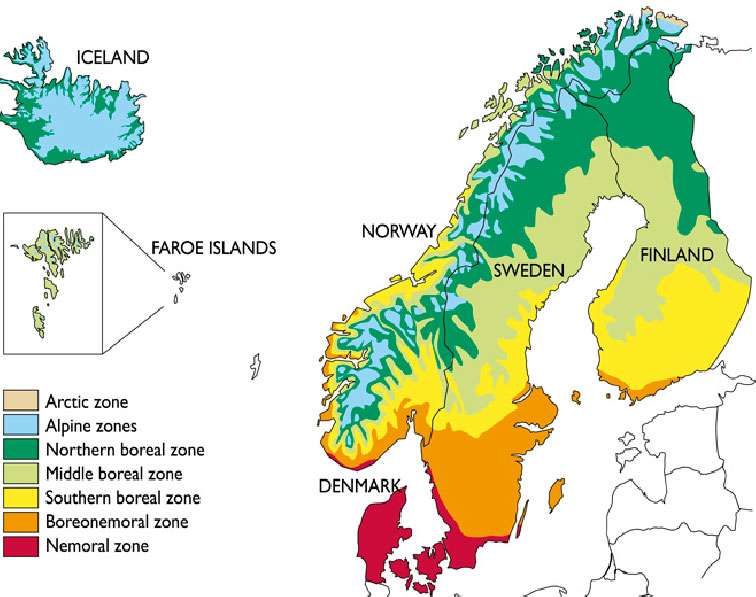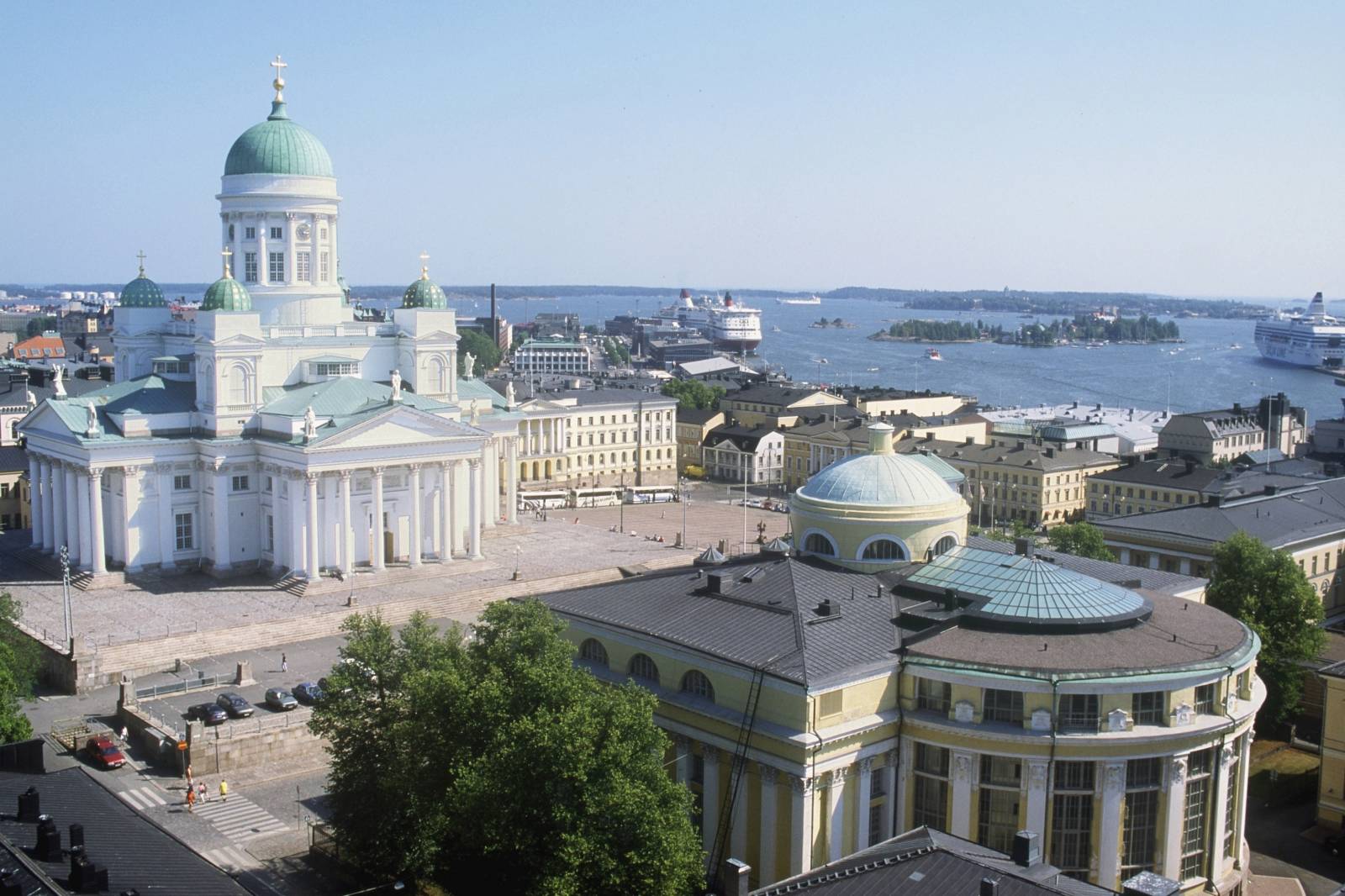It appears that you're running an Ad-Blocker. This site is monetized by Advertising and by User Donations; we ask that if you find this site helpful that you whitelist us in your Ad-Blocker, or make a Donation to help aid in operating costs.
▼ Sponsored Links ▼
▲ Sponsored Links ▲
▲ Sponsored Links ▲
Region Information Data for Finland (FI)
Finland (Finnish: Suomi; Swedish: Finland), officially the Republic of Finland (Finnish: Suomen tasavalta, Swedish: Republiken Finland) is a country in Northern Europe bordering the Baltic Sea, Gulf of Bothnia, and Gulf of Finland, between Norway to the north, Sweden to the northwest, and Russia to the east. Finland is a Nordic country and is situated in the geographical region of Fennoscandia. The capital and largest city is Helsinki. Other major cities are Espoo, Vantaa, Tampere, Oulu and Turku.
Finland's population is 5.52 million (2018), and the majority of the population is concentrated in the southern region. 88.7% of the population is Finnish and speaks Finnish, a Uralic language unrelated to the Scandinavian languages; next come the Finland-Swedes (5.3%). Finland is the eighth-largest country in Europe and the most sparsely populated country in the European Union. The sovereign state is a parliamentary republic with a central government based in the capital city of Helsinki, local governments in 311 municipalities, and one autonomous region, the Ã…land Islands. Over 1.4 million people live in the Greater Helsinki metropolitan area, which produces one third of the country's GDP.
Finland was inhabited when the last ice age ended, approximately 9000 BCE. The first settlers left behind artifacts that present characteristics shared with those found in Estonia, Russia, and Norway. The earliest people were hunter-gatherers, using stone tools. The first pottery appeared in 5200 BCE, when the Comb Ceramic culture was introduced. The arrival of the Corded Ware culture in southern coastal Finland between 3000 and 2500 BCE may have coincided with the start of agriculture. The Bronze Age and Iron Age were characterized by extensive contacts with other cultures in the Fennoscandian and Baltic regions and the sedentary farming inhabitation increased towards the end of Iron Age. At the time Finland had three main cultural areas - Southwest Finland, Tavastia and Karelia - as reflected in contemporary jewellery. Posted on March 25th, 2019 · Updated on July 14th, 2020
Finland's population is 5.52 million (2018), and the majority of the population is concentrated in the southern region. 88.7% of the population is Finnish and speaks Finnish, a Uralic language unrelated to the Scandinavian languages; next come the Finland-Swedes (5.3%). Finland is the eighth-largest country in Europe and the most sparsely populated country in the European Union. The sovereign state is a parliamentary republic with a central government based in the capital city of Helsinki, local governments in 311 municipalities, and one autonomous region, the Ã…land Islands. Over 1.4 million people live in the Greater Helsinki metropolitan area, which produces one third of the country's GDP.
Finland was inhabited when the last ice age ended, approximately 9000 BCE. The first settlers left behind artifacts that present characteristics shared with those found in Estonia, Russia, and Norway. The earliest people were hunter-gatherers, using stone tools. The first pottery appeared in 5200 BCE, when the Comb Ceramic culture was introduced. The arrival of the Corded Ware culture in southern coastal Finland between 3000 and 2500 BCE may have coincided with the start of agriculture. The Bronze Age and Iron Age were characterized by extensive contacts with other cultures in the Fennoscandian and Baltic regions and the sedentary farming inhabitation increased towards the end of Iron Age. At the time Finland had three main cultural areas - Southwest Finland, Tavastia and Karelia - as reflected in contemporary jewellery. Posted on March 25th, 2019 · Updated on July 14th, 2020
▼ Sponsored Links ▼
▲ Sponsored Links ▲
▲ Sponsored Links ▲
Comments
(Related Products
▼ Sponsored Links ▼
▲ Sponsored Links ▲
▲ Sponsored Links ▲



